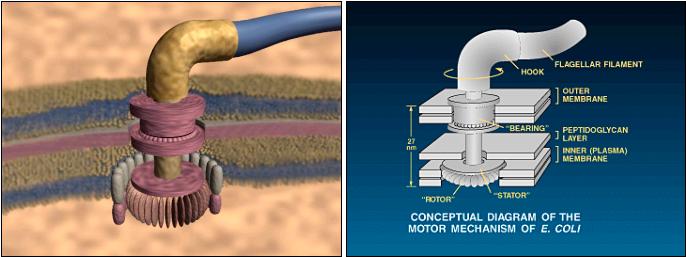In
The Origin of Species, Charles Darwin wrote:
If it could be demonstrated that any complex organ existed which could not possibly have been formed by numerous, successive, slight modifications, my theory would absolutely break down.

Some scientists use the mousetrap as an example of an irreducibly complex machine. The mousetrap has 5 essential parts: a hammer, a spring, a catch, a platform, and a holding bar. If any parts are missing, the trap will be unable to perform its function: catching mice! |
There are many biological organs which function like "machines”: they work only if all their parts are present. If one part is removed, the entire machine “breaks down.” These are called “irreducibly complex.” Evolution cannot build irreducibly complex structures because evolution requires that biological structures arise in small steps, each of which allows for the structure to perform some function. For irreducibly complex organs, the organ is only functional if all parts are present. In this “all or nothing” game, intermediate stages of evolution are impossible because they would not function. Irreducibly complex biological features thus cannot be built in a "step-by-step" evolutionary manner. As evolutionist Robert Carroll asks, “[h]ow can we explain the gradual evolution of entirely new structures, like the wings of bats, birds, and butterflies, when the function of a partially evolved wing is almost impossible to conceive.”

Some of the “simplest” bacterial cells contain this “bacterial flagellum,” which functions like an outboard motor for swimming bacteria. Here are some of its engine specs:
Water-cooled rotary engine, driven by proton motor force.
Self-assembled and repair.
Over 250 polypeptides make up over 30 structural parts.
Each structure must be attached with an exact periodicity along the microtubules.
In some cases has 2 gears (forward and reverse).
Operates at speeds usually around 17,000 rpm but seen as high as 100,000 rpm.
Some scientists believe the flagellum is irreducibly complex because all its parts must be present to function. There is no plausible scenario under which such biological complexity could arise through mutation and natural selection. The flagellum works like a designed machine.
Flagellum Graphics from ARN.org
|
